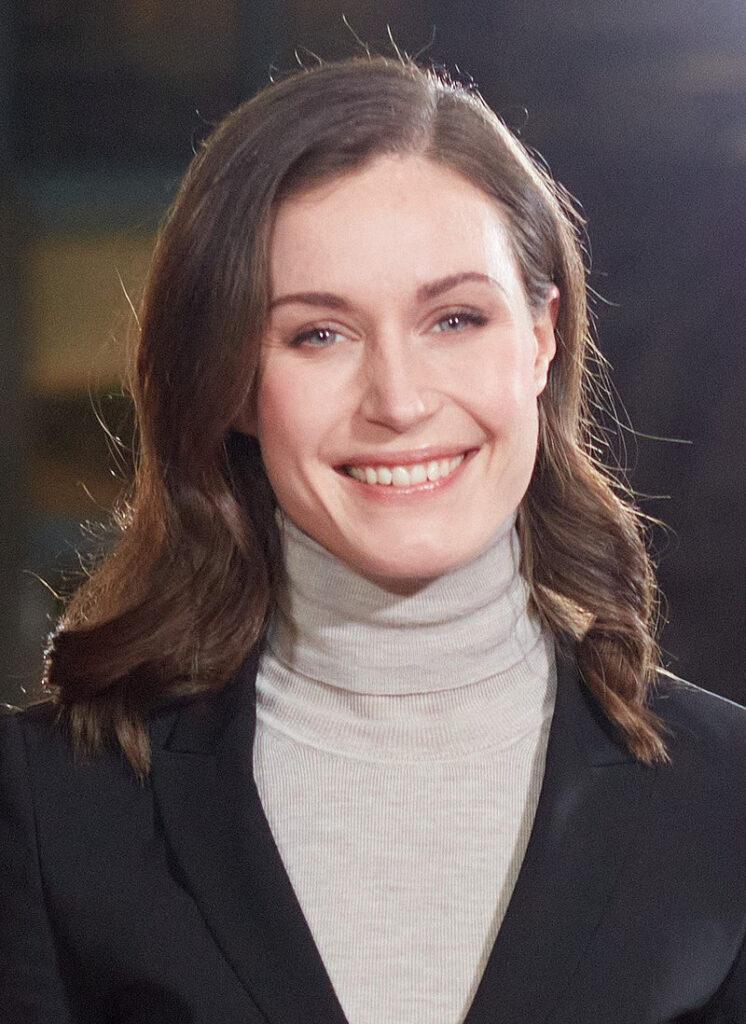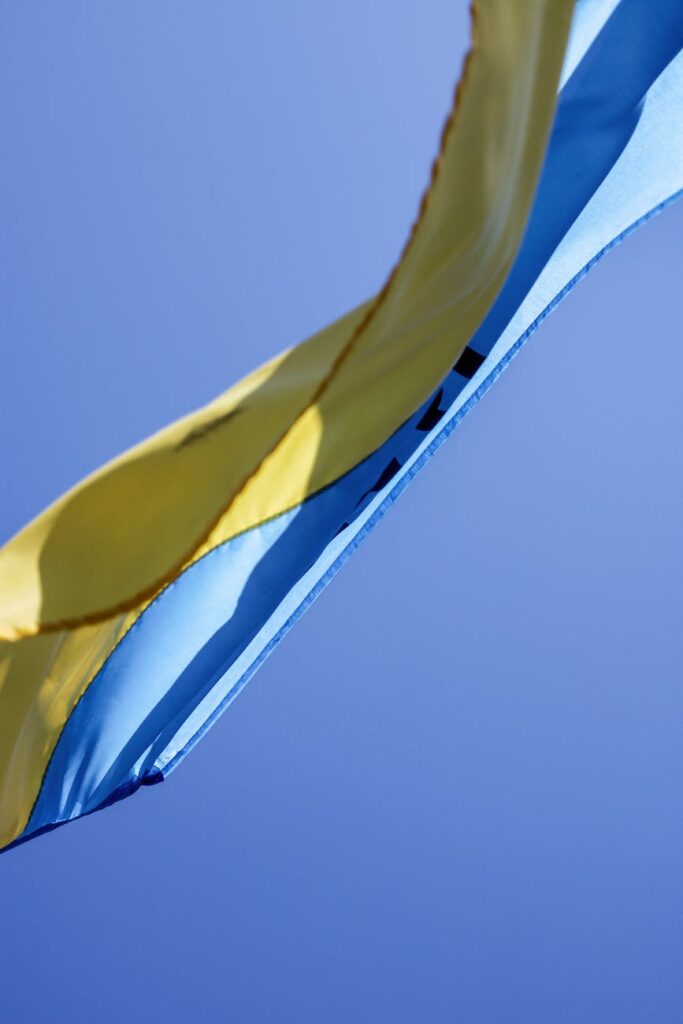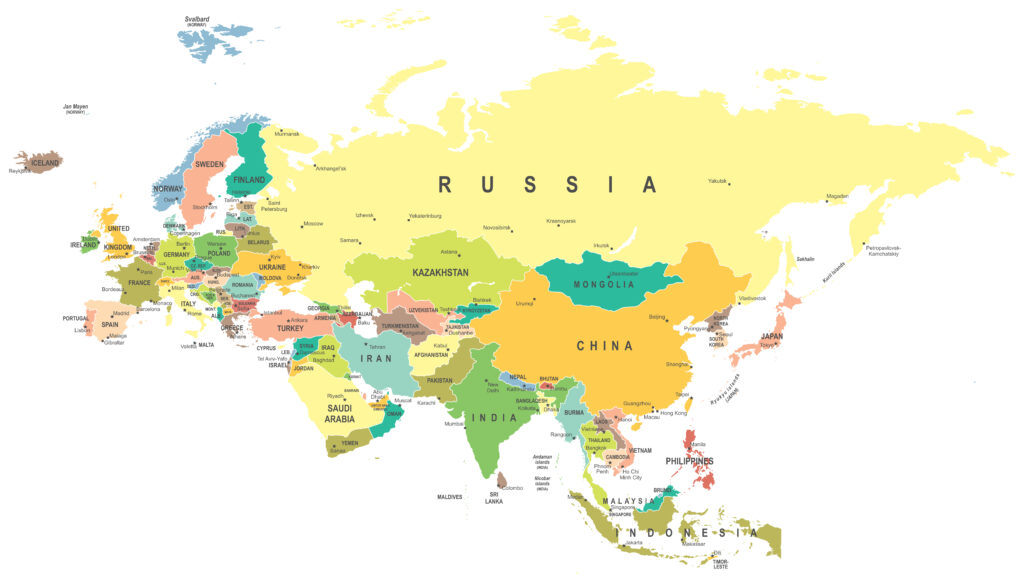
By Sumantra Maitra, The American Conservative, 1/20/23
Finland’s prime minister Sanna Marin recently went on record saying that the Ukraine war might only end with Russia completely out of the country. “The way out of the conflict is for Russia to leave Ukraine,” she stated. “That’s the way out of the conflict.” The video ended with a smug nod towards the obsequious press gaggle.
Marin is, needless to mention, not the only one. Kaja Kallas, the prime minister of Estonia, recently wrote, in an essay full of Wikipedia-level references to Churchill, Reagan, and FDR, that “as the prime minister of Estonia, a frontline NATO country that endured half a century of Soviet occupation, I know what peace on Russia’s terms really means. Russian peace would not mean the end of suffering but rather more atrocities. The only path to peace is to push Russia out of Ukraine.”
“Although the Soviet Union eventually collapsed, its imperialist ideology did not,” Kallas went on, adding that “in Estonia, our history books were rewritten after the end of Soviet rule, but the same did not happen in Russia.” One minor detail was missing from the admitted revisionism. Kallas is the daughter of Slim Kallas, the former deputy chief editor of the Communist Party of Estonia and the member of the Supreme Council of the Soviet Union—practically Soviet royalty.
Per Plato, a functioning republican polity depends on linguistic clarity. We must therefore untangle the euphemisms “peace on Russian terms” and “pushing Russia out” as we deliberate American foreign policy. The former phrase implies any concession or acknowledgment of a status quo in a situation where either side is unable to fully conquer or reconquer per the post-Soviet boundaries. Given the unlimited flow of Western weapons and cash, Ukrainian war aims continue to shift, from defending Kiev, to reconquering the Donbas, to marching on to Crimea. The latter euphemism is relatively simpler, it denotes pushing Russia out of all of Ukraine, including Crimea and the Donbas, by any means necessary.
Ukrainians and their lobbyists have already started to lay the rhetorical groundwork of persuading Anglo-Americans to take the war to Crimea. For example, former Ukrainian defence minister and current Atlantic Council fellow Andriy P. Zagorodnyuk recently argued,
Kiev and its allies must press on, battling until it can make Moscow hand over Crimea via negotiations or until Ukraine has forcibly pried the peninsula from Moscow’s grasp. Doing so is the only way to inflict the kind of major defeat Russia must experience if it is to abandon its imperial ambitions and start abiding by international norms and laws. The United States and Europe should understand that they, too, will benefit from a total Ukrainian victory. It could mark the permanent end of Russian aggression, breathing new life into the liberal world order.
But what about Russia’s nuclear redlines regarding Crimea? Zagorodnyuk: “The world can never rule out the chance that Russia will use nuclear weapons, especially when it is governed by Putin…other concerns about Ukraine’s ability to retake the peninsula and nuclear attacks are all at least somewhat overblown. After consecutive months of battlefield success, it is clear that Ukraine has the capacity to liberate Crimea.” Ah.
That idea suffers from a minor but notable disadvantage. It is insane. The war isn’t over, and Ukraine isn’t winning. The country cannot run a day without being supported by foreign backers, so much so that its government and pension fund are paid for by American taxpayers. Ukraine and Russia both desire to press on. Only one side of the two is, however, completely dependent on foreign generosity, thereby transferring escalation leverage to its great power donors. To translate that into non-academic international relations speak: Those who pay control the play.
At the time of writing, Ukraine and Russia are stuck in a meat-grinder of a town known as Bakhmut, with Russia aiming—so far as can be inferred without process tracing—to end the Ukrainian fighting male population, regardless of the cost. Russian military doctrine has reverted back to norm, and Russian strategic elite, in other words, are Russianing: throwing bodies to the pile. Muzzle-to-muzzle conflict is a disadvantage for Ukraine, simply because while Ukraine can have as much money and weaponry as it wants, for now there is no Western cavalry coming over the hill.
The Russians are already preparing another three hundred thousand conscripts, and if they decide to go for one more round of partial mobilization, they will end up having a million men in arms around the time for spring and summer offensives. British analysts are already concerned about weapons stockpiles, and Americans are concerned about flawed Ukrainian toe-to-toe strategy. And given that, despite repeated attempts of chain-ganging, Europe or America will not directly commit to the war, the long-term attrition rate in this case favors those with more men, i.e., Russia.
That simple cost-benefit analysis is, however, considered to be risky “around the corner for European and trans-Atlantic unity” by Nathalie Tocci, director of the Institute for International Affairs in Rome. Jessica Berlin, another European analyst, channeled her inner Sanna Marin to a concern of a larger NATO–Russia nuclear war by adding “Yes, war between NATO & Russia would be a doomsday scenario—for RUSSIA. That’s why the Kremlin wants to avoid it at all costs. When their hyperventilating TV propagandists threaten to nuke Piccadilly Circus it’s to scare western voters into appeasement. Shame it works on you [shrug emoji]”
It escapes a normal mind what part of mutually assured destruction allows a shrug. Being deterred from a nuclear war isn’t appeasement. Deterrence goes both ways. The entire Cold War was predicated on mutual deterrence. Ukraine’s interest is to defend Ukraine, and, in order to do that, attempt to maximize Western involvement. Western interest is to avoid nuclear war, insolvency and overstretch, while bleeding Russia. Those interests are fundamentally incompatible, and at some point they will come into play in opposition to each other. That point is approaching soon. One doesn’t need to be pro-Moscow to claim that not all wars in peripheral theaters deserve a forward involvement. At the risk of innuendo, the effort to speak loudly and carry someone else’s big stick by figures such as Marin and Kallas is intolerable. It is a grating combination of sanctimony, arrogance, historical ignorance, philosophical ineptitude, and ceaseless demand. An astute analyst once referred to this phenomenon as Girl-Boss militarism, a combination of revolutionary globalism, feminism, and neo-conservatism, added to empty, catchphrase-filled “mic-drop” politics. It is toxic when Hillary Clinton does it. It is insufferable when done by leaders of American protectorates mimicking an overzealous but dependent foederati, often far more fanatical than Rome herself.



